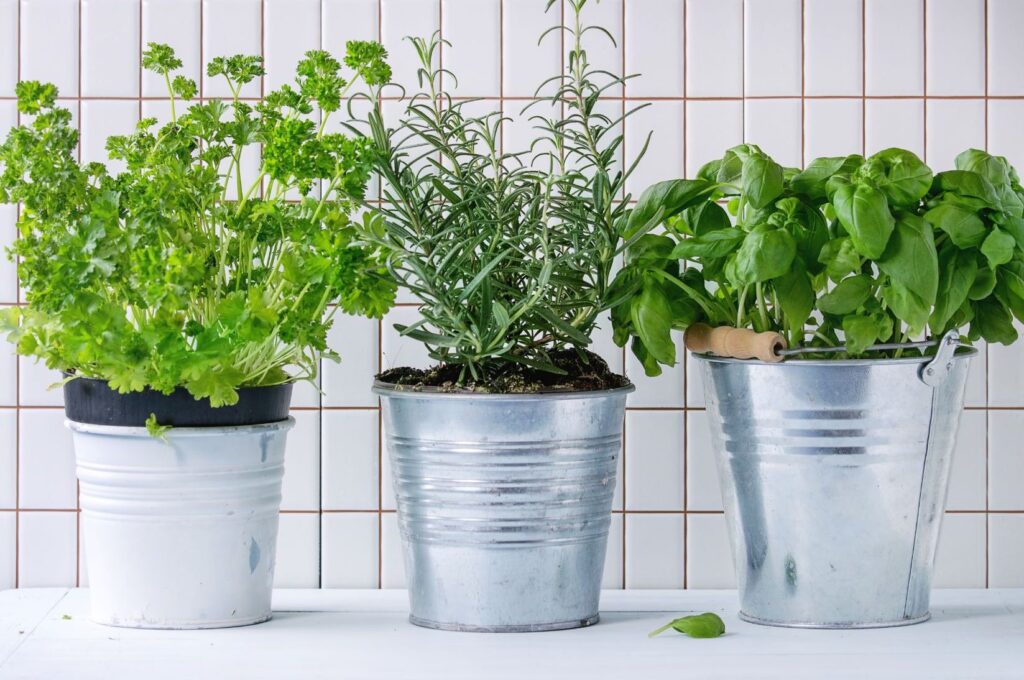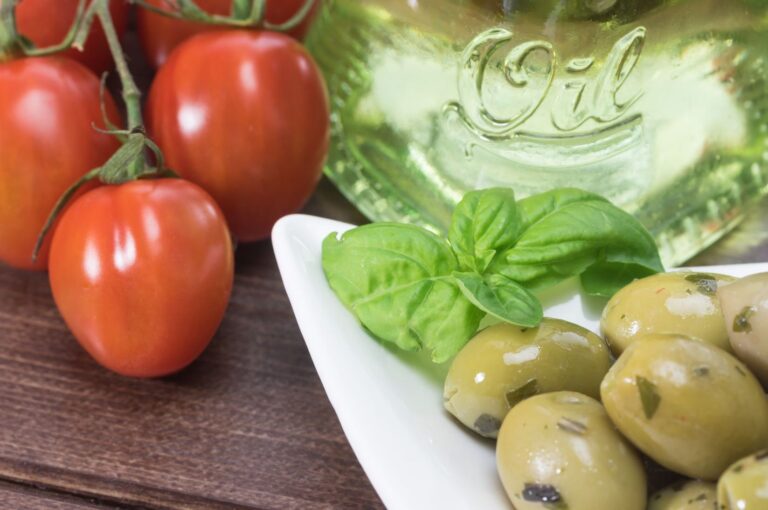Until 1861 Italy was a collection of diverse states. Each region had a distinct culinary tradition based on the terrain and what grew best. The North was completely different from the south, as was the coastal region compared to the mountains. These regions have maintained their unique identity right up to today. After unification, the regions became fiercely protective of their local identity, maintaining it, in part, through their local cuisine.
Even so, the characteristics of simplicity and fresh ingredients are the core principles of Italian cuisine that bind all these unique regional cuisines together. Simple and fresh are what make Italian cooking so unique and so beloved around the world.
Simplicity
Most traditional Italian recipes contain only 4 to 8 ingredients. Italian cuisine does away with the superfluous and focuses on the essential instead. Born out of necessity, when times were hard, Italian cuisine celebrates what nature offers in all its unadulterated goodness and simplicity. This goes for all parts of the culinary experience, from preparation, where each step is carried out with attention and love to enjoying the exquisite taste sensations of the outcome.
The classic Caprese Salad, for example, consists of freshly-picked, sun-warmed tomato, fresh mozzarella, freshly-fragrant basil leaves and the best quality extra-virgin olive oil you can find. Alternating slices of tomato, mozzarella and basil leaves are arranged on a plate and drizzled with olive oil. Season with salt and that’s it! The ingredients maintain their individuality both in flavour and texture, yet come together to create an exquisite taste experience.
A theme runs through the list of ingredients in the Caprese Salad. The success of the salad rests not only on its simplicity, but on using the freshest, best-quality ingredients possible. Italian cuisine does not hide behind elaborate sauces or complexity, but rather demands a delicate balancing of flavours. It lets individual flavours shine — so those individual flavours need to be good! Which brings us to the next essential component of Italian cuisine.

Fresh, Quality Ingredients
You probably have a neighbour of not-too-distant Italian heritage and you’ve probably admired their abundant vegetable garden that they insist on growing even on the smallest of city plots. Freshly-picked is as fresh as it gets, and Italians prize quality ingredients to such a high degree that they will grow their own vegetables if at all possible. Even if that just means a pot of rosemary on the kitchen window sill.
If home-grown really is not feasible, farmer’s markets are a good second choice, where you may even find heirloom vegetables that prioritize taste over long shelf life. Locally produced food-stuff reduces the time it spends traveling to the store, maximizing freshness.
Freshness of ingredients necessarily entails buying and eating vegetables in season, yet another example of the celebration of nature that is at the base of the Italian culinary tradition of simplicity and freshness of ingredients. In Italy, certain vegetables represent each season and are celebrated as their exemplar. Spring and asparagus just go together, as do zucchini with summer, pumpkin with fall and radicchio with winter.
There are some ingredients that seem to be quintessentially Italian. At least these are the ingredients that first come to the North American mind when Italian food is mentioned — though the first on the list isn’t native to Italy at all.
- Tomatoes are indigenous to South and Central America. They arrived in Italy around 1548 after the Spanish conquest of the Aztecs, but it took hundreds of years before they were accepted into the Italian diet. It wasn’t until the 19th century and the rise of nationalism in Europe that the tomato emerged as the unifying vegetable of Italy. Many dishes developed at this time incorporated red, white and green colours to reinforce national pride, and the tomato naturally fit the bill for the red portion.
- Olives grow wild around the mediterranean and are one of the oldest cultivated trees in the world. Olive oil is used extensively but not exclusively in Italian cooking.
- Cheese is basic in many Italian dishes and meals. Each region has their own varieties and production methods made with a range of milks: cow, buffalo, goat and sheep. In all, there are about 400 different types of Italian cheese.
- Herbs such as basil, oregano, rosemary, sage and more add the archetypal Italian taste and aroma to many dishes. Herbs and spices are used abundantly in Italian cooking. What would pizza be without the aroma of oregano?
Even though these ingredients seem to be at the heart of Italian cuisine, and they definitely are important, it is the quality of their taste that will truly deliver an authentic Italian flavour in a dish.
Simplicity and Freshness is Authentic Italian Cuisine
Italian cuisine is not unified, every region has their specialties, but the mainstays of simplicity and fresh ingredients are universal across Italy’s regional cooking. As is the dedication to tradition and passing down that tradition through the generations. That’s not to say that experimentation and adaptation aren’t welcomed— though it did take a few hundred years for the tomato to be accepted — but on the whole the Italian food culture honours Italian local heritage. It isn’t an accident that the Slow Food Movement, with its emphasis on local food and traditions, began in Italy.
Italian cuisine is one of the most popular cuisines around the world, and in a large part this is due to its simplicity and focus on fresh natural flavours. Why not have some authentic Italian cuisine for your dinner? Our Honey Glazed Butternut Squash Ravioli drizzled with brown butter and sage are the perfect autumn flavours to bring Italian warmth into your home.





